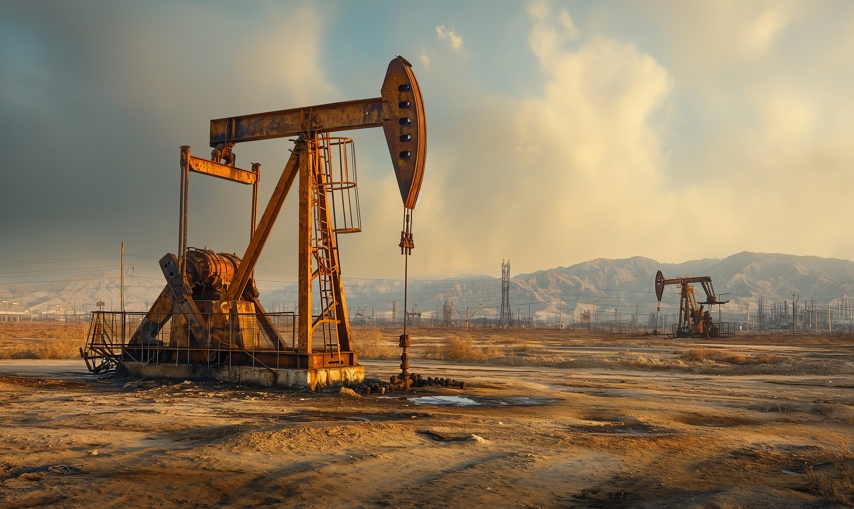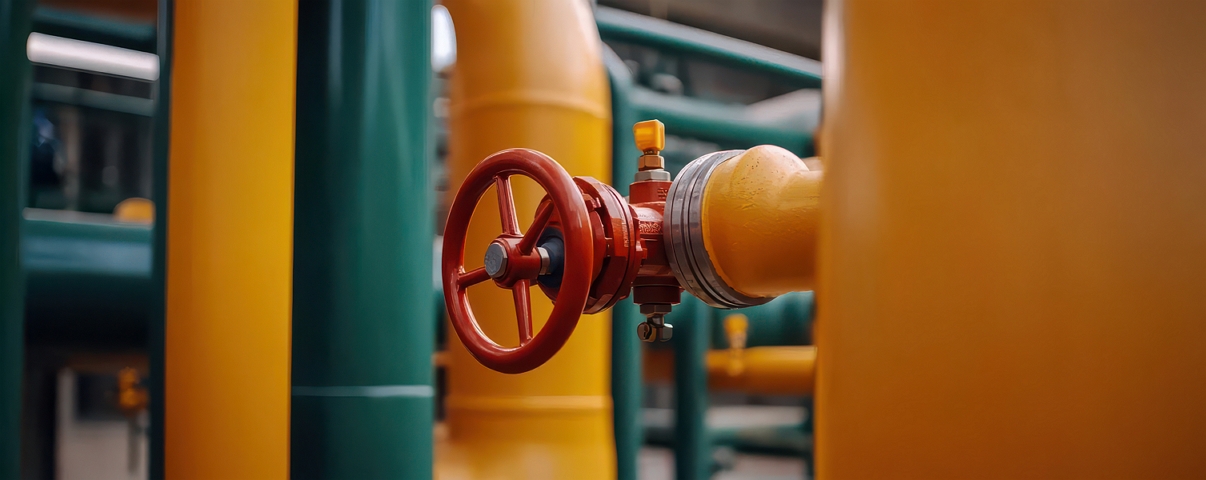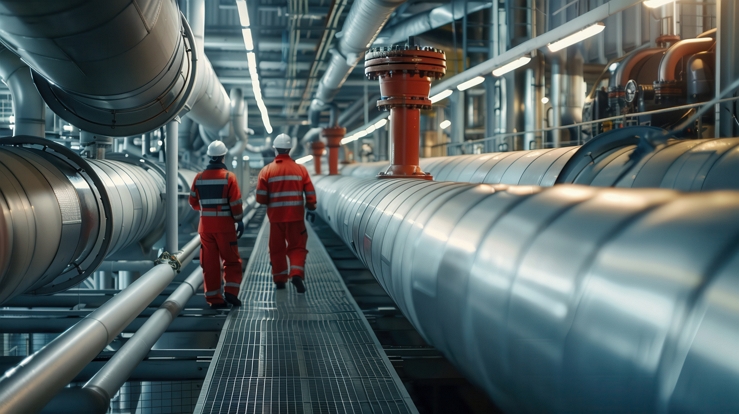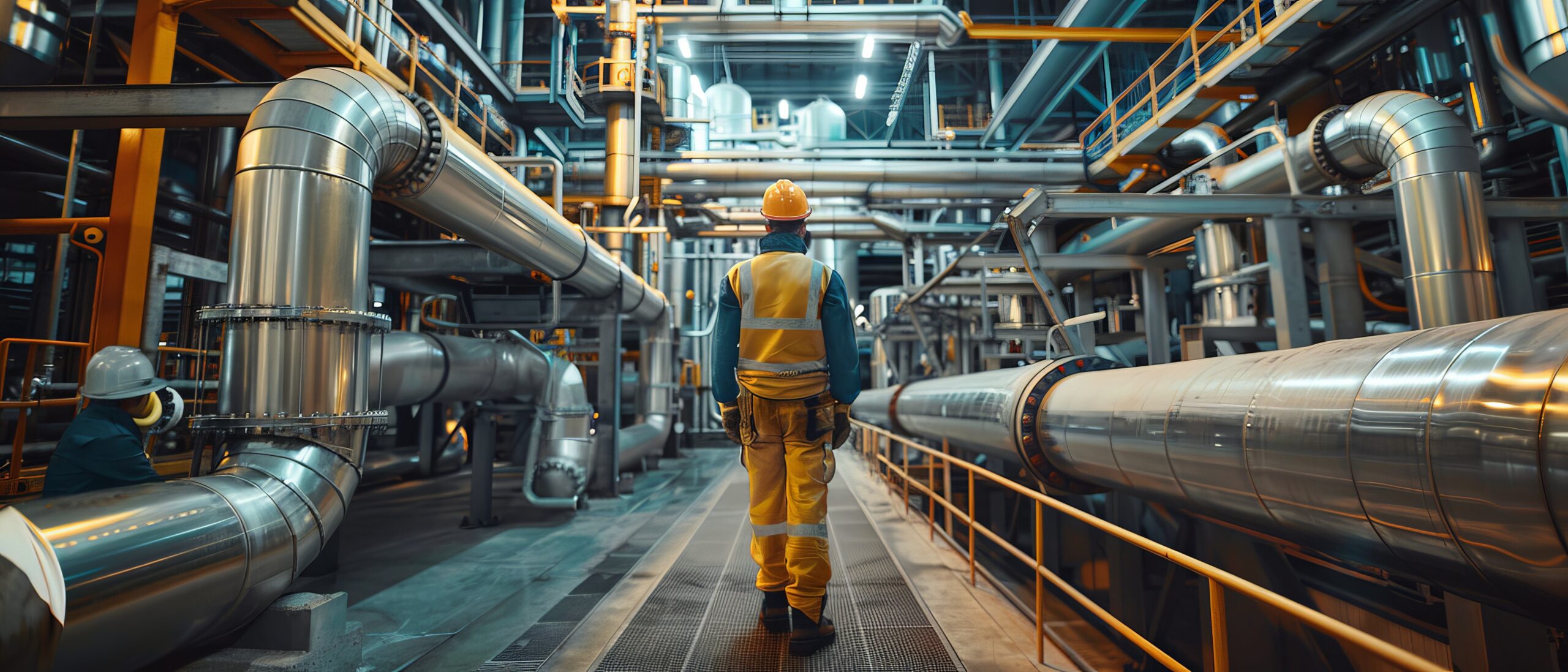There is a large array of terms and concepts that industry insiders regularly use to explain their point of view or give analysis. Our purpose with this article is to define some of these terms and break down important concepts for new people in the industry and also for IT professionals who plan to work in the oil & gas industry.
Increasingly there will be people from different backgrounds who will work in the oil & gas industry; this is due to adaptation of the matrix hierarchical organization structure. We know that there is also disruption in the industry with many companies opting for enterprise-level software to manage their data, security, accounting, and trading needs.
The midstream sector plays a crucial role in the oil and gas industry by facilitating the transportation, storage, and wholesale distribution of raw and refined energy products. It serves as the critical link between upstream production and downstream refining or consumer markets.
From gathering crude oil and natural gas at production sites to transporting and storing these resources before they reach end users, midstream operations are essential for maintaining a steady flow of energy.
This guide explores key midstream terms, offering a clearer understanding of the processes that ensure energy products move efficiently from production to distribution.
#Producers in the Midstream: Bridging Resources and Services
In the midstream sector, producers are primarily upstream companies that extract oil and natural gas, but midstream companies can be seen as producers in the sense that they produce services or resources, (such as transportation capacity, storage facilities, and processing capabilities) which are necessary for moving oil and gas.

After the extraction of oil and natural gas, gatherers take on their role in the process.
#The Role of Gatherers: Connecting Extraction to Distribution
Gatherers represent a segment in the midstream sector that provide critical services by gathering; the process where crude oil, natural gas, or other hydrocarbons are collected from production sites (such as oil wells or natural gas fields) and transported to the central locations for further processing, storage, or larger-scale transportation.
The key role of gatherers:
Crude Oil Gathering
They collect crude oil (a raw natural resource that contains a mixture of hydrocarbons, which is extracted from the earth and further refined into useful products) from wells or production sites and transport it to a central collection point (where oil or gas from multiple wells are aggregated before transporting), storage facility, or pipeline hub.
This often involves smaller-diameter pipelines, trucks, or sometimes rail, depending on the location and infrastructure.
Natural Gas Gathering
In this case, gas is transported from wellheads to processing plants, where impurities (such as water, hydrogen sulfide, and carbon dioxide) are removed.
These systems generally consist of low-pressure pipelines that connect production sites to larger, high-pressure transmission pipelines or processing facilities.
Following the gathering process, oil and gas undergo processing as outlined below.
#Plant Processing: Transforming Raw Hydrocarbons into Usable Products
These facilities treat, refine, and prepare raw hydrocarbons such as natural gas or crude oil before being transported or stored. They perform the required tasks to separate valuable components, remove impurities, and transform raw materials into products that need to be used. Different types of plants are mentioned below.
Natural Gas Processing Plant
These are specialized facilities designed to process raw natural gas extracted from wells. Since raw natural gas often contains contaminants like water, carbon dioxide, hydrogen sulfide, and nitrogen, the removal of these impurities takes place through sweetening (removal of hydrogen sulfide and carbon dioxide) and dehydration (removal of water vapor).
Once natural gas liquids (NGLs) and water are removed from the gas stream we now have only the pipeline-quality natural gas left behind. This process is also called separation; where we remove major contaminants/ substances from extracted gas.
To make the extracted NGLs and hydrocarbons market-ready and commercially usable, they must be separated into their base components. This breakdown can be achieved by separation or Fractionation. Fractionation is the process of boiling off the different hydrocarbons one by one. Each hydrocarbon has a different boiling point so each of them separates as the temperature rises.
During this process of fractionation of Natural Gas Liquids (NGLs), the output can consist of valuable components such as ethane, propane, butane, and natural gasoline.

Crude Oil Processing Plant
Typically, the crude oil processing happens at refineries. However, the midstream sector also includes initial crude oil processing at certain stages. This involves the dehydration process in which water is removed from the crude oil to prevent corrosion in pipelines. Next, the desalting is performed by mixing the crude with water to remove salt before transport.
In some cases, stabilization (removal of light gases) of crude oil occurs to reduce the flammability during transport.
Moving on, let us gain an insight into the pipeline and storage facilities in the midstream sector.
#Storage Facilities: Balancing Supply, Demand, and Energy Flow
Storage facilities play an important role in stabilizing supply and demand, ensuring energy availability, and providing flexibility in the transportation and distribution of oil, natural gas, and refined products. Types of storage facilities are mentioned below:
Crude Oil Storage: Used to store crude oil that has been gathered from production sites or is in transit to refineries. These include tank farms and underground caverns.
Natural Gas Storage: Used to store natural gas for use during peak demand periods (e.g., winter heating months) or to balance seasonal production and consumption. These include underground and above-ground storage facilities.
Pipelines carry hydrocarbons from production fields to processing and distribution points, while storage facilities act as buffers or holding areas for the hydrocarbons during transit, before final distribution or export.
Different types of pipelines used in the midstream sector are as follows:
Gathering Pipelines: Small-diameter pipelines that collect crude oil or natural gas from production sites (wells) and transport it to processing facilities or collection points.
Transmission Pipelines: Larger, high-pressure pipelines that carry crude oil, natural gas, or refined products over long distances from processing or storage facilities to distribution hubs, refineries, or directly to consumers.
Distribution Pipelines: They typically operate at lower pressures and are responsible for delivering oil or gas to local markets for consumption.

Furthermore, the segment that now comes into being is of marketers and traders.
#Marketers and Traders: Driving Sales, Distribution, and Market Dynamics in the Energy Sector
The segment responsible for sales and distribution is marketers. They focus on selling crude oil, refined products (e.g., gasoline, diesel, jet fuel), and natural gas to various customers, including retailers, large industrial users, utility companies, and other buyers in the energy market.
They are often part of branding and retail marketing of refined products with gas stations and other distribution points. Being a part of the supply chain management, they manage the logistics of getting products from refineries, storage facilities, or distribution hubs to end consumers. They also engage in strategic sourcing (purchasing crude oil or refined products from multiple sources; meanwhile negotiating long-term contracts to secure a steady supply of fuel or gas.)
On the other hand, traders are individuals or companies who focus on buying and selling oil, natural gas, and refined products in financial markets. Traders are involved in speculation (focused on making a profit from the fluctuation of energy prices).
They look for price discrepancies between different regions or markets and engage in arbitrage; buying and selling commodities to capitalize on those price differences. They also do market analysis (monitor supply and demand factors, geopolitical events, weather conditions, and other variables that can impact energy prices).
To support the operations of companies engaged in the trading of energy commodities, ETRM (Energy Trading and Risk Management) systems are used to help traders and their organizations efficiently manage trading activities, risk exposure, compliance, and financial performance.

Table of contents
- Producers in the Midstream: Bridging Resources and Services
- The Role of Gatherers: Connecting Extraction to Distribution
- Plant Processing: Transforming Raw Hydrocarbons into Usable Products
- Storage Facilities: Balancing Supply, Demand, and Energy Flow
- Marketers and Traders: Driving Sales, Distribution, and Market Dynamics in the Energy Sector



